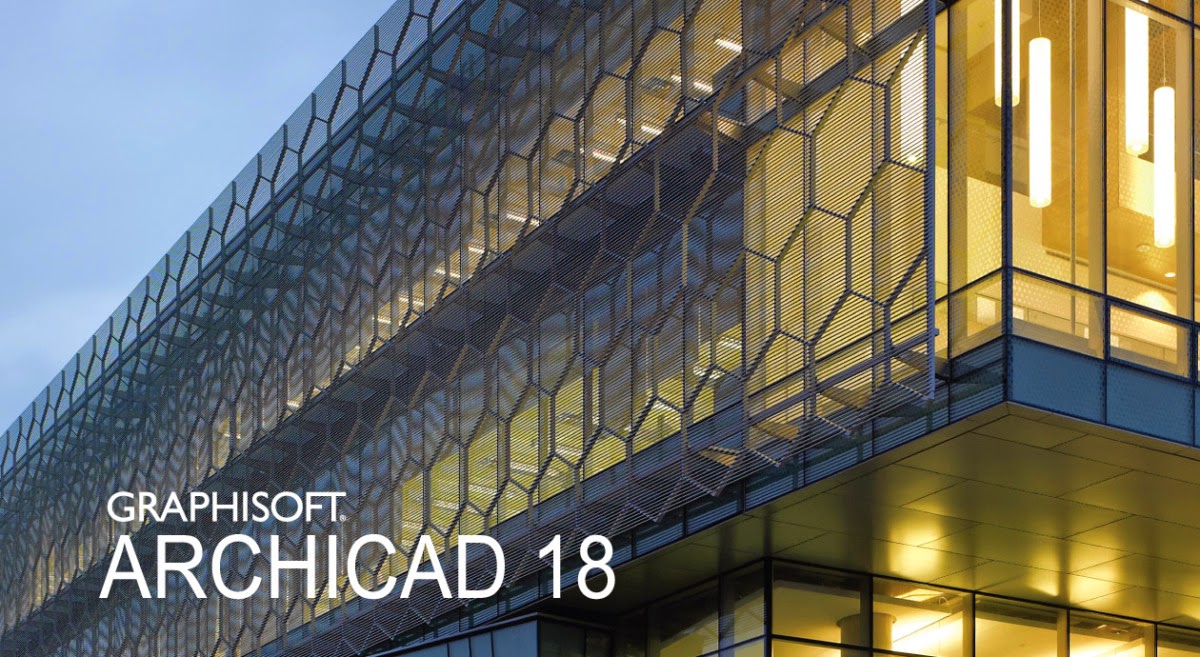

Where are the Concept Building Materials for LOD100 Surfaces are used to represent Finishes of the BM and also have named using a code and short description. Each set up with a code and short description, each representing a product that will live in our Base Specification. I see BM as the backbone of the 'Information' component for each element.

In contradiction to Jared’s previous posts about reducing the number of BM your template, I have looked at in a different way.

With the introduction of Building Materials in AC17 it opened many different opportunities. Building your Template with Building Materials It was a workflow that many users didn’t enjoy using and found frustrating as it was purely seen as a visual thing and we didn’t embrace any other features in ArchiCAD to Audit the status.

At the time the solution was to use a specific Pen for elements that were Sketch Design elements and as the user updated the model to reflect specified construction they were changed to our standard Documentation Pens. Model Auditing – Prior to ArchiCAD 17Ī few years ago I was asked by one of my fellow Associates to provide a solution to enable users to determine whether a model element was resolved or not. Settings enable the user to override Surfaces for greater flexibility. This enables a user when modeling to select a BM and all of the desired attributes are embedded, which removes the need to manage huge favourite lists. In ArchiCAD 17 with Building Material all attributes are managed at the Building Material level. In ArchiCAD 16 a model element had two attributes linked to it, Cut Fill and Surface. If you use Building Materials well you will find that due to the number of embedded attributes they can act as favourites for you. The introduction of Building Materials in ArchiCAD 17 is a significant shift forward in providing opportunities for building on the 'Information' component of BIM. Preface – Building Materials the Super Attribute


 0 kommentar(er)
0 kommentar(er)
